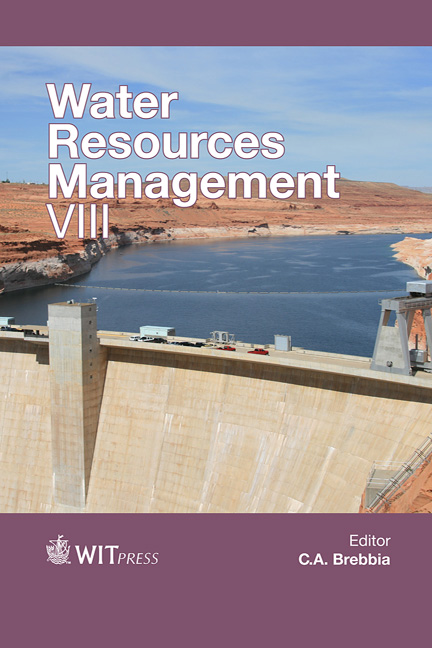A Case Study Of An Holistic Approach To Leachate And Storm-water Management Developed At A Municipal Landfill Site
Price
Free (open access)
Transaction
Volume
196
Pages
15
Page Range
513 - 527
Published
2015
Size
1,489 kb
Paper DOI
10.2495/WRM150441
Copyright
WIT Press
Author(s)
I. Madon
Abstract
One of the basic conceptual approaches to water management at landfill sites is to hydrologically limit the generation of leachate during all stages of facility development in favor of producing larger amounts of non-polluted surface water run-off. However, there are some negative aspects to such an approach: 1) regulatory monitoring requirements are customarily not focused on the detection of potentially large amounts of contaminants which can be repeatedly released into the environment by means of storm water run-off; 2) subsequent to the required 30-year, post-closure monitoring and maintenance activities, common dry- or even wet-type landfills will in principle still pose a threat to the surrounding water environment; 3) a landfill is usually designed to function as an independent technological unit from the inception of the facility to the post- closure stage of its development. A different conceptual approach was undertaken at a pilot scale landfill complex in Ajdovščina, Slovenia, implementing landfill technology that combines the following interrelated elements to function together within a holistically designed system: 1) light waste compaction; 2) passive landfill aeration; 3) landfill bioreactor flushing; 4) landfill interior transient water storage and 5) inclusion of completed landfill sections into a common water catchment and recirculation area.
Keywords
flushing landfill, surface runoff, leachate recirculation, leachate treatment, sewage sludge management, semiaerobic landfill, waste management





